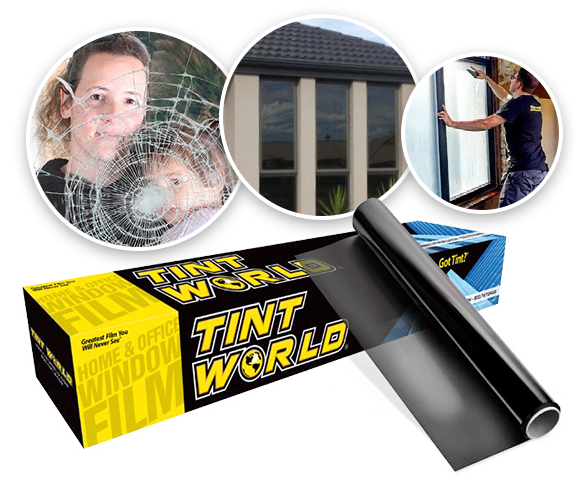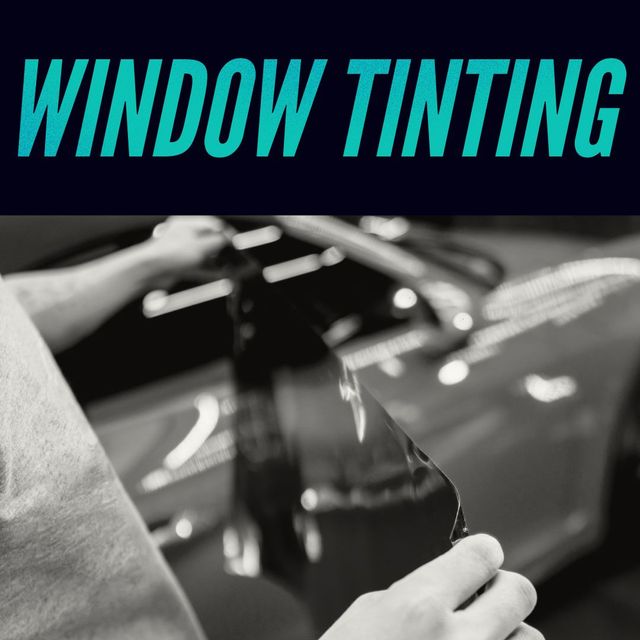Just How Automobile Window Tinting Maintains Your Car Cool in Hot Weather
Just How Automobile Window Tinting Maintains Your Car Cool in Hot Weather
Blog Article
Home Window Tinting Regulations and Standards: What You Need to Know Prior To Tinting Your Automobile
Prior to proceeding with home window tinting for your automobile, it is essential to acquaint on your own with the diverse legislations and guidelines that govern this method across various states. These regulations determine the allowable levels of color darkness, commonly measured by visible light transmission (VLT) percents, and include details terms for front windshields targeted at ensuring road safety and security. Additionally, particular jurisdictions might supply medical exceptions for individuals with certifying problems. Understanding these intricacies can save you from possible lawful implications, but what are the certain rules in your state?
Overview of Home Window Tinting Regulations
Window tinting regulations are regularly based on variation throughout different jurisdictions, showing local policies and safety factors to consider. These legislations dictate the permitted degrees of tint darkness and reflectiveness on car windows, ensuring that chauffeurs maintain sufficient presence while likewise shielding against harmful UV rays and warm.
Most regulations identify home window tinting based upon the Visible Light Transmission (VLT) portion, which indicates the amount of light that can pass with the window. Normally, lower VLT percents signify darker colors. Laws typically distinguish in between the front, side, and back windows, with stricter limitations applied to the front windshield to boost safety for both the vehicle driver and other road individuals.
Conformity with home window tinting guidelines is important, as violations can result in fines, necessary removal of the color, and prospective rises in insurance coverage costs. It is crucial for vehicle owners to familiarize themselves with local laws prior to continuing with window tinting installments.
State-by-State Tint Regulations
Recognizing the details window tinting regulations in each state is vital for lorry proprietors seeking to follow the legislation. Each state in the U.S. has established its own collection of guidelines governing window tinting, which can vary dramatically. These guidelines commonly dictate the allowed degrees of tint darkness, the sorts of windows that can be tinted, and any kind of clinical exceptions that might use.
As an example, states like The golden state have rigid restrictions on color darkness for front windows, while others, such as New Mexico, may enable darker colors. Additionally, particular states mandate specific visibility percentages for different home windows, including the windscreen, front side windows, and back windows. It is vital for automobile owners to acquaint themselves with their state's legislations to prevent potential penalties or penalties.
In addition, some states may call for a qualification sticker to be put on tinted windows, showing compliance with state legislations. Failure to stick to these regulations not just risks lawful repercussions yet can likewise affect safety and security and visibility while driving. Lorry proprietors should carry out thorough research study or seek advice from local authorities to make certain complete understanding and compliance with state-by-state color policies.
Allowed Color Degrees and Types
Numerous automobile owners may be stunned to learn that enabled color levels and types vary widely throughout different states. Each state has actually developed its own policies regarding the permissible darkness and reflectivity of home window color, typically measured by Visible Light Transmission (VLT) portions. VLT refers to the quantity of light that can pass through the colored windows; thus, a lower percentage indicates a darker color.

Additionally, the sorts of tint materials enabled can vary, with some states prohibiting mirror-like or metal finishes. It is vital for car proprietors to acquaint themselves with their state's details laws to make certain conformity. Non-compliance can lead to penalties, obligatory removal of the tint, or other lawful effects, making it important to comprehend these policies prior to continuing with installment.
Medical Exemptions for Tinting
While not all states offer allowances for clinical exemptions concerning home window tinting, those that do recognize the necessity for specific people to boost exposure and convenience because of clinical problems. Numerous clinical problems, such as lupus, skin cancer, and particular eye conditions, can render individuals specifically conscious sunlight. These people may require darker colors to protect themselves from damaging UV rays and glare.

It is very important to keep in mind that despite a clinical exemption, there may still find this be restrictions on the level of color enabled. Compliance with state legislations ensures that individuals are both secured and within legal limitations. Those taking into consideration medical exceptions ought to contact their neighborhood Department of Electric motor Autos or equivalent authority to recognize the requirements and procedures necessary to look for an exception efficiently.
Fines for Non-Compliance
Stopping working to abide by home window tinting laws can bring about significant fines, which vary by state. Regulation enforcement agencies are equipped to release citations for cars that do not follow the defined tinting laws. These penalties normally include fines, which can vary from moderate total up to numerous hundred bucks, relying on the severity of the offense and the state in concern.
In some territories, repeated offenses might cause rising penalties or additional penalties, such as obligatory court appearances. Additionally, non-compliance may necessitate the removal of unlawful tinting, commonly at the proprietor's cost. In severe instances, habitual culprits may face suspension of their car registration up until compliance is achieved.
Furthermore, insurance policy implications may arise from receiving numerous citations for home window color violations. Insurance companies might view such violations as an indicator of riskier actions, possibly leading to increased premiums or difficulty in insurance coverage.
To avoid these charges, it is crucial for lorry proprietors to acquaint themselves with their regional window tinting regulations and make certain that their vehicle complies (Window Tinting). This aggressive method not just prevents lawful ramifications but additionally promotes roadway security
Conclusion

Most laws categorize home sites window tinting based on the Visible Light Transmission (VLT) portion, which shows the quantity of light that can pass through the home window. Compliance with window tinting guidelines is critical, as offenses can result in fines, compulsory elimination of the color, and possible boosts in insurance coverage costs.Understanding the specific window tinting policies in each state is important for automobile owners seeking to abide with the legislation. These guidelines usually determine the permitted levels of tint darkness, the types of home windows that can be tinted, and any kind of clinical exceptions that might use.
For circumstances, states like The golden state have rigorous constraints on color darkness for front home windows, while others, such as New Mexico, might allow darker tints.
Report this page